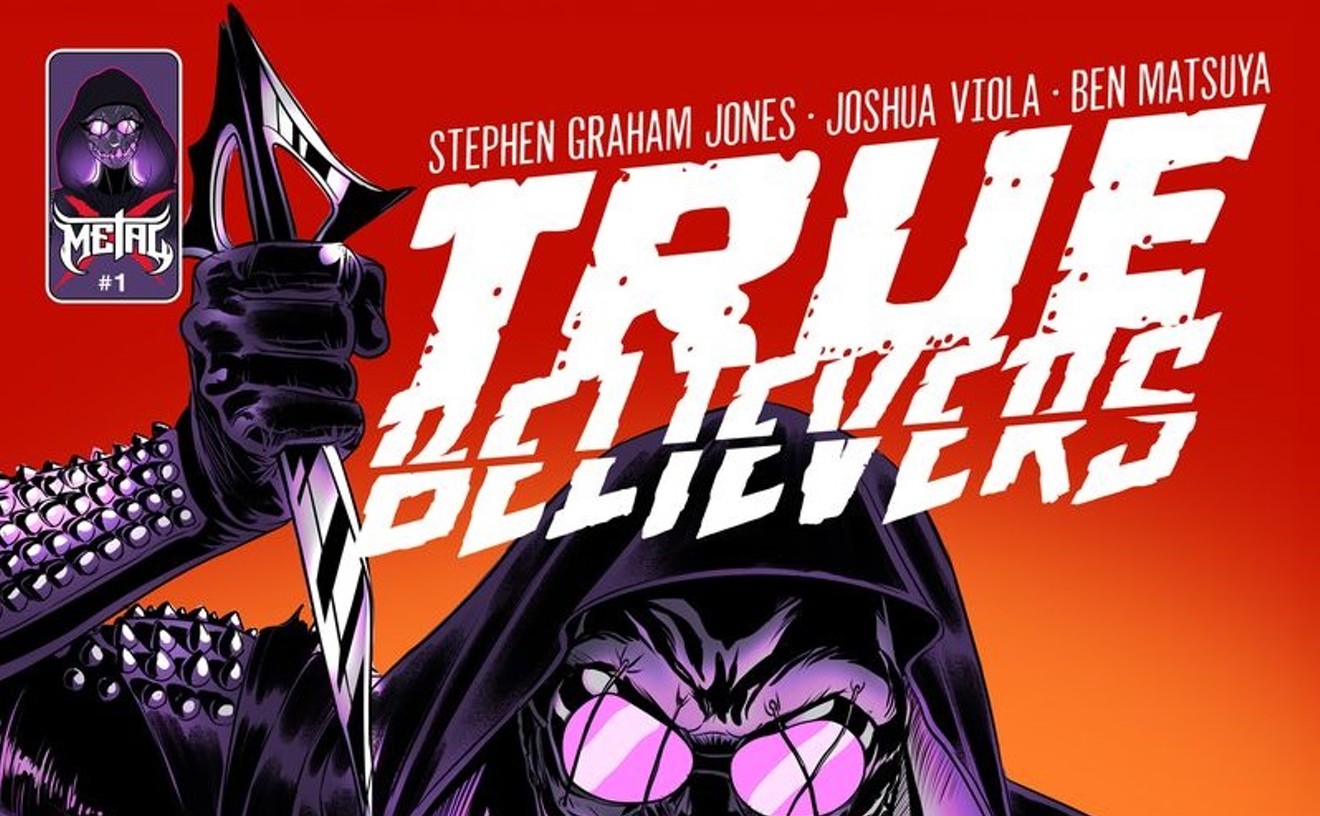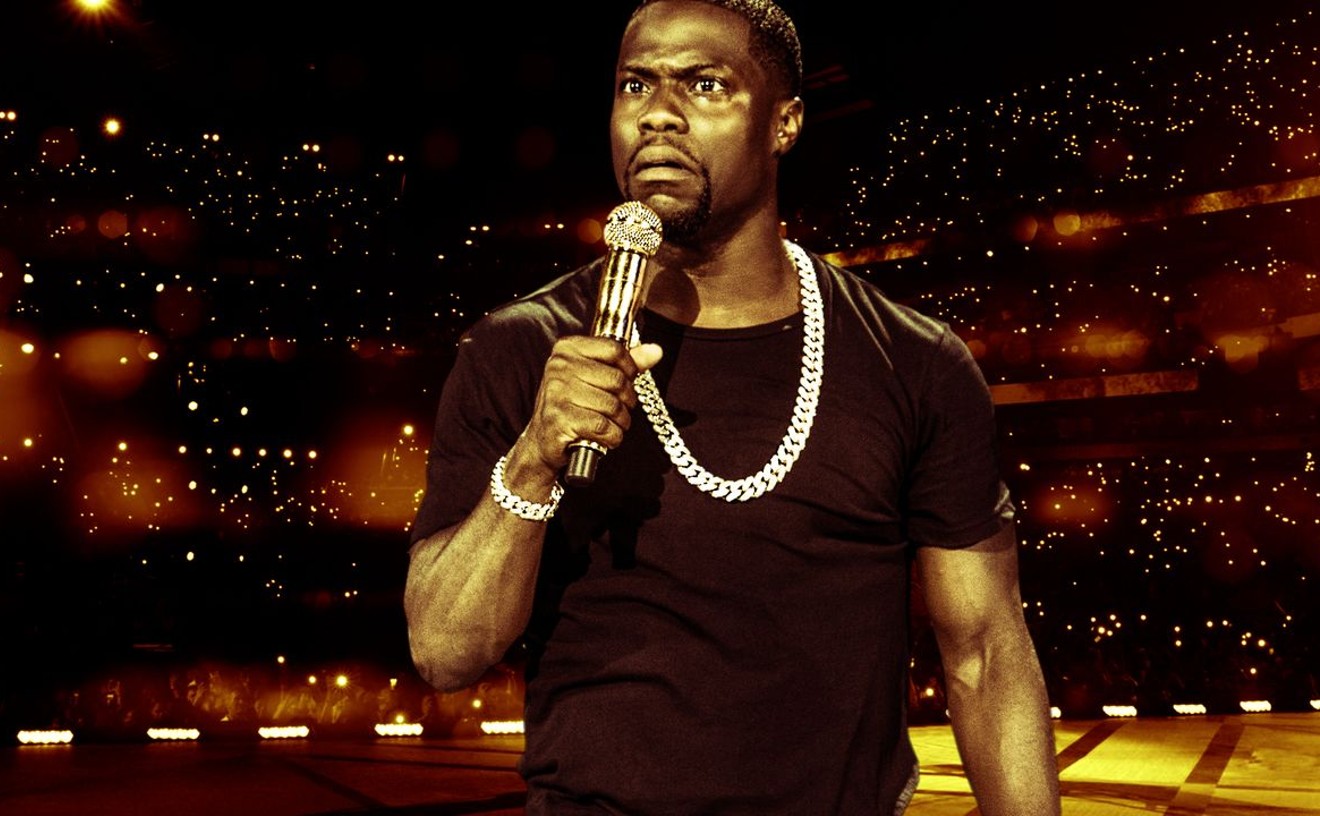See also: Denver's streetcar routes are retraced by the Rail~Volutionaries
Westword: What made you want to tell the story of Denver's street cars?Kevin Pharris: The book exists is because I work with a lot of senior citizens who as I'm giving them bus tours will say that old line "When I was a child." They would tell me about riding the streetcar as a child. Pretty much the entire second chapter of the book is just these recollections. I'm also a fan of transit. I don't have a car. I wish we had kept the streetcar. I'm a fan of having options. A lady at RTD, she said that having transit is not about saying you may not drive your car, having transit is about giving you the choice to travel the way you want to travel. If you want to go downtown for a game in your car you drive, if you want to take the bus, if you want to take the train, you have the choice. Many cities don't offer you any choice. You must drive.
Is there a specific recollection in particular that moved you?
The story that I find most interesting is one about a young girl who was maybe five or six and she found a nickel out on the pavement and she decided that she was going to ride the streetcar across town to her favorite restaurant and get a steak. So of course it never dawned on her that she was five or six, it never dawned on her that once she got there, she couldn't pay for the steak. All she knew is she had her nickel so she could ride the streetcar to get her steak. So she did. And the owner of the restaurant recognized her and while the little girl was having her steak, he called her mother to come get her. Her mother was all impressed in a way at how grown up her little girl was that she was crossing town six miles all by herself. Of course, when she got home she still got a spanking, but that was a very cute story from a lady who's now in her sixties or seventies. She was gonna go get that steak come hell or high water.
What were you surprised to learn in researching the book?
I was surprised to find how little of it is left. The system was so huge and when you compare what was to what's left, the people of Denver and the area as well as the governance and the company that offered transit, they very aggressively removed everything. It's very scary and sad when you think of how much there was and we just ripped it all out. Also I really just assumed that cars were the reason we didn't have street cars anymore, and in interviewing a lot of people I found that the menu of villains was much longer, much broader, so we want to just say that the car was the bad guy, but it's really not that easy.
What were the other reasons that the street car was removed?According to the historians and the train lovers--people who love all the things that ride on rails--probably the biggest villain was, interestingly enough, fashion. We think of fashion as for hair or for clothing, but there's also fashion for architecture and even for transportation. At the time, having a streetcar was seen as an embarrassing, outdated relic, and any city that had a street car, oh how terrible. What must people think of us? Only the modern cities are gonna be spending money on highways and cars. A hick town from the past, they're gonna spend money on street cars. In fact, in 1950 when the street car system went away, our mayor at the time actually congratulated the city on getting rid of all those street cars three years early. Of course, today we think of it as a lamentable thing, but at the time he said this is great that all of those terrible street cars are gone. I find it very funny: Here we are spending billions of dollars to put a tiny, tiny fraction back, when in the olden days it was this huge, very usable system. I think people will get out of the book and lecture an appreciation for how big the streetcar was, how it was part of every aspect of life. Once they appreciate how big it was and how daily it was, I think then they will appreciate how big of something we lost when we removed it.
The talk begins at 1 p.m. at the Forney Museum, 4303 Brighton Boulevard. Tickets, which include museum admission, are $8 for members, $12 for non-members, and $20 for two, with a $2 discount for teachers, students and ANFRM and CWAM members. For more information, visit the Forney Museum's website or the event Facebook page.










